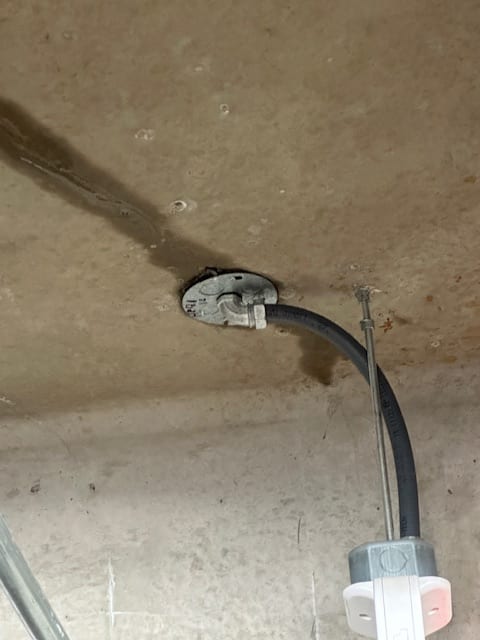eatapeach
Military
- Jun 20, 2013
- 78
I have an open garage, and where the electrical boxes are located to provide power to the exit lights during rain, water is visible from the boxes. The International Building Code doesn't require a barrier to be provided on the top garage floor, so I would like to know if anything in the NEC would require protection. The boxes are damp-proof and type-approved to be installed in concrete; however, I'm sure there are some connections with wire nuts inside the box. Can anyone provide me with a NEC requirement that would help? See photo attached


